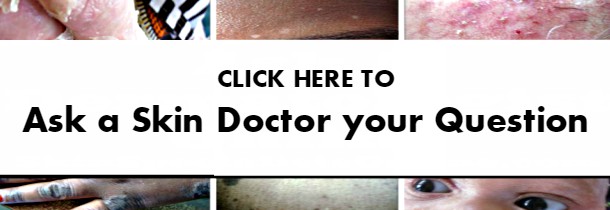
Dear Doctor
Hi, I think I have post inflammation hyper pigmentation on my cheeks. The picture is my left cheek and is very similar on my right cheek.
These marks have developed for about 8 months now and they have calmed down recently however they wont fully go.
I have pretty oily skin and the rest of my face is pretty clear so they do stand out.
Any ideas on how to fade these?
Dear Patient
At Home Treatment of Post-Inflammatory Hyperpigmentation
For the treatment of post-inflammatory hyperpigmentation (PIH) or the dark spots on the skin which develop after inflammatory skin conditions like acne heal you can use the following:
1. SPF 30 Sunscreen
Broad spectrum sunscreens that offer protection from UVA and UVB rays and that have a sun protection factor (SPF) of 30 or above should be used every day. Sunscreens prevent the hyperpigmented patches from getting darker.
The application of sunscreens should be combined with wearing wide brimmed sun hats and shades.
Sun avoidance should also be encouraged to minimize sun exposure when it is brightest which is usually from around 10 am to 4 pm.
2. Skin Brighteners
Skin brighteners or skin lighteners can be used for post-inflammatory hyperpigmentation but only if the skin is not inflamed, if direct sunlight is avoided and suncreens are used. Skin brighteners that can be used include:
a. Vitamin C or ascorbic acid reduces melanin production by the skin and gives it a radiant effect. It is found in products like Olay Total Effects tone correcting night moisturizer and Neutrogena dark spot corrector.
b. Vitamin B3 or niacinamide reduces abnormal pigmentation by decreasing the transfer of melanosomes to the skin cells. It is found in products like Olay Total Effects tone correcting night moisturizer.
c. Licorice extract in another skin brightening agent which is found in products like the Dark Spot Corrector Kit.
d. Vitamin E also acts as a skin brightener and it is found in skin care products like Olay Total Effects tone correcting night moisturizer.
e. N-acetyl glucosamine is another skin brightener used for post-inflammatory hyperpigmentation. It is found in the Dark Spot Corrector Kit and Olay Total Effects tone correcting night moisturizer.
3. Retinols
Retinols increase the turnover of skin cells. This helps manage PIH since the melanocytes have less time to give them melanosomes. Retinols are found in products like the Dark Spot Corrector Kit and Neutrogena dark spot corrector.
4. Mild Chemical Peels
Mild or superficial chemical peels like those which contain glycolic acid are also used to manage hyperpigmentation. Glycolic acid is a naturally occurring alpha hydroxyl acid (AHA) which loosens the glue that holds dead cells on the surface of the skin together. By exfoliating these dead cells, glycolic acid gives the skin a more youthful appearance. 30% Glycolic acid peels can be bought over the counter and used at home peel monthly for several months.
5. Skin Bleaches like Hydroquinone
Hydroquinone reduces melanin formation by interfering with the activity of the enzyme known as tyrosinase. It is available over the counter at concentrations of 1% and 2% in products like Ambi Fade Cream which contains 2% hydroquinone.
Skin bleaches like hydroquinone should only be used if the skin is not inflamed, if direct sunlight is avoided and sunscreens are applied daily on top of it. It should not be used by women who are pregnant or nursing. Hydroquinone can also irritate sensitive skin and cause ochronosis which is unusual bluish-black darkening of the skin. Hydroquinone has been linked to an increased risk for developing cancer but this has not been proven in humans.
6. Camouflage Therapy
Camouflage cosmetics can also be used to cover up post-inflammatory hyperpigmentation. Cover-up makeup usually comes as sets which include concealing creams and setting powder. The Smart Cover-up Starter Kit and the Dermablend Cover Cream are two good examples.
Before use the skin should be cleaned with soap and water. The concealing cream foundation should then be applied to the dark patches. This cream foundation should be 1 or 2 shades lighter than the surrounding skin. Finally the area should be dusted with the loose powder.
Dermatologist Treatment of Post-Inflammatory Hyperpigmentation
If you are not satisfied with the results obtained after using the over-the-couter products, you may need to use prescription treatment like Tri-Luma which contains 4% hydroquinone, 0.05% tretinoin and a steroid known as fluocinolone acetonide.
Though your picture is not clear, it seems that you may also have some persistent erythema and this combination may serve you well.
However, before you begin any PIH treatment, the underlying condition, which in your case is acne, must be well controlled. Therefore discuss these options with the doctor who is prescribing your acne treatment medication before adopting them.
Ask a Dermatologist your Question
Click here to get an answer by email within 72 hours

